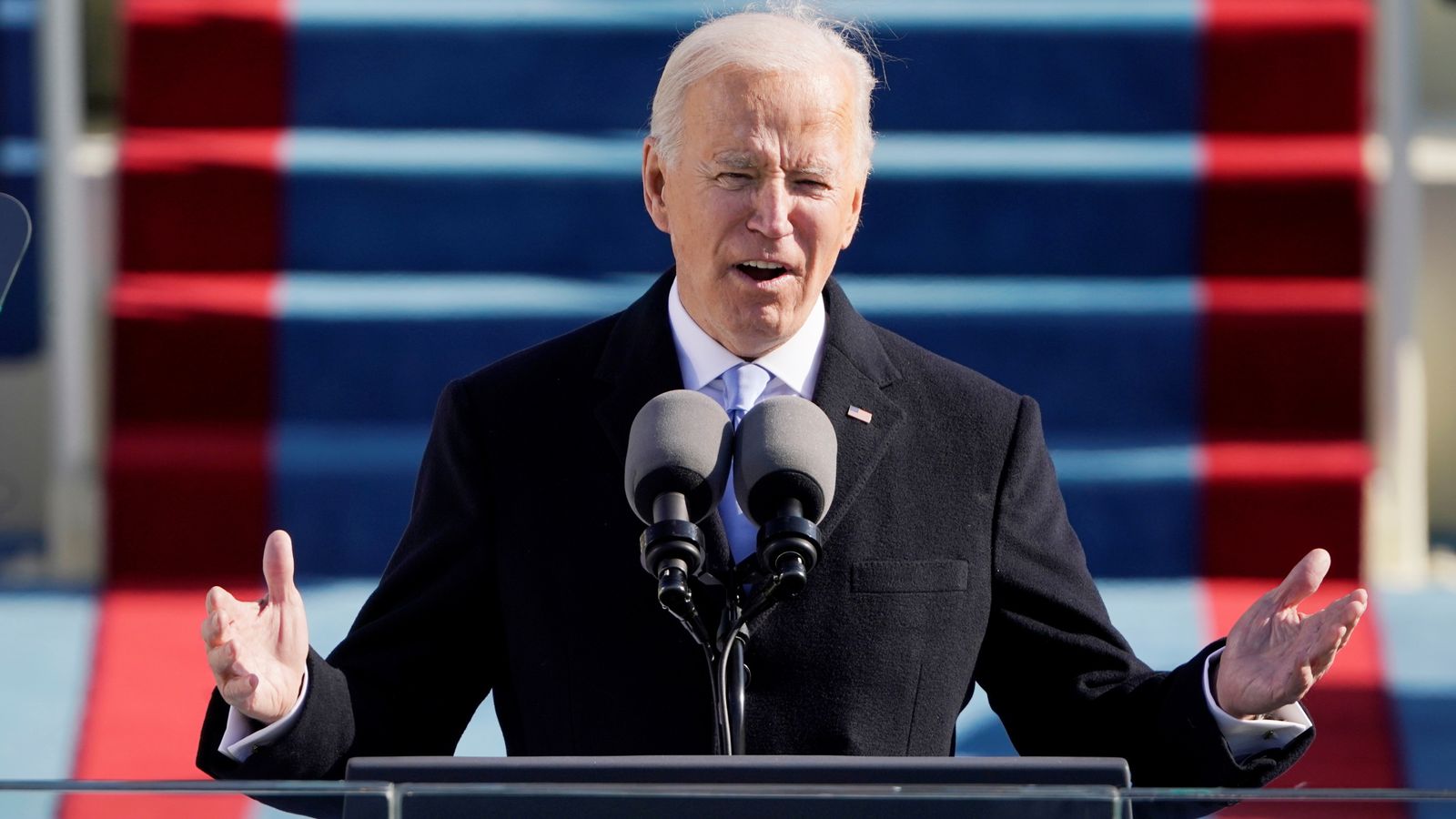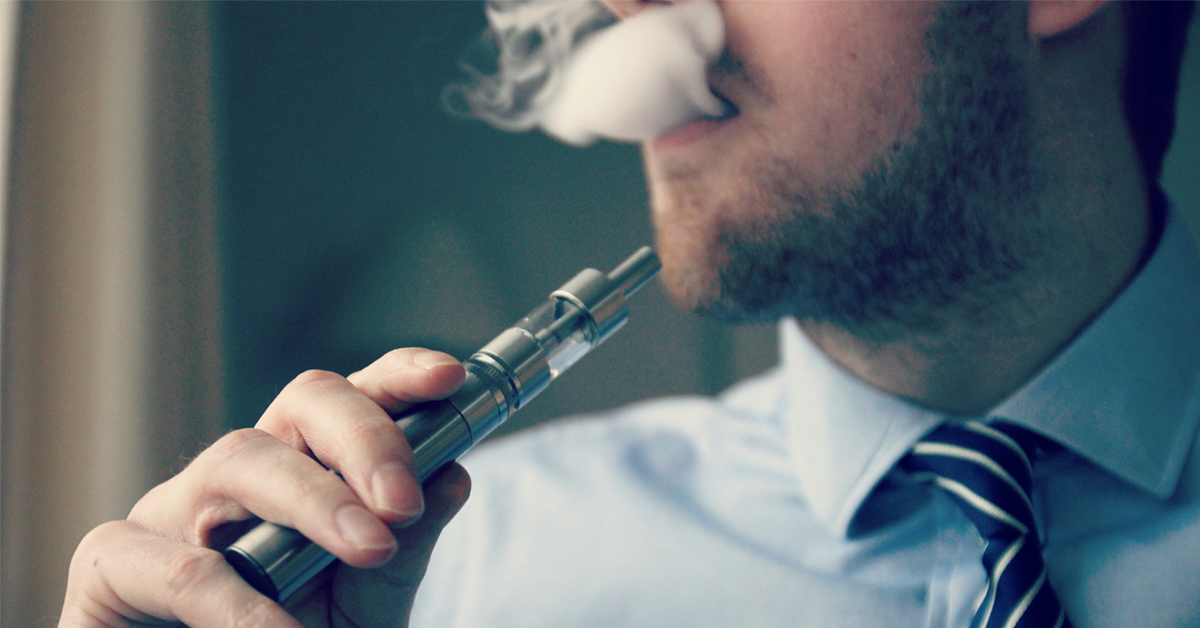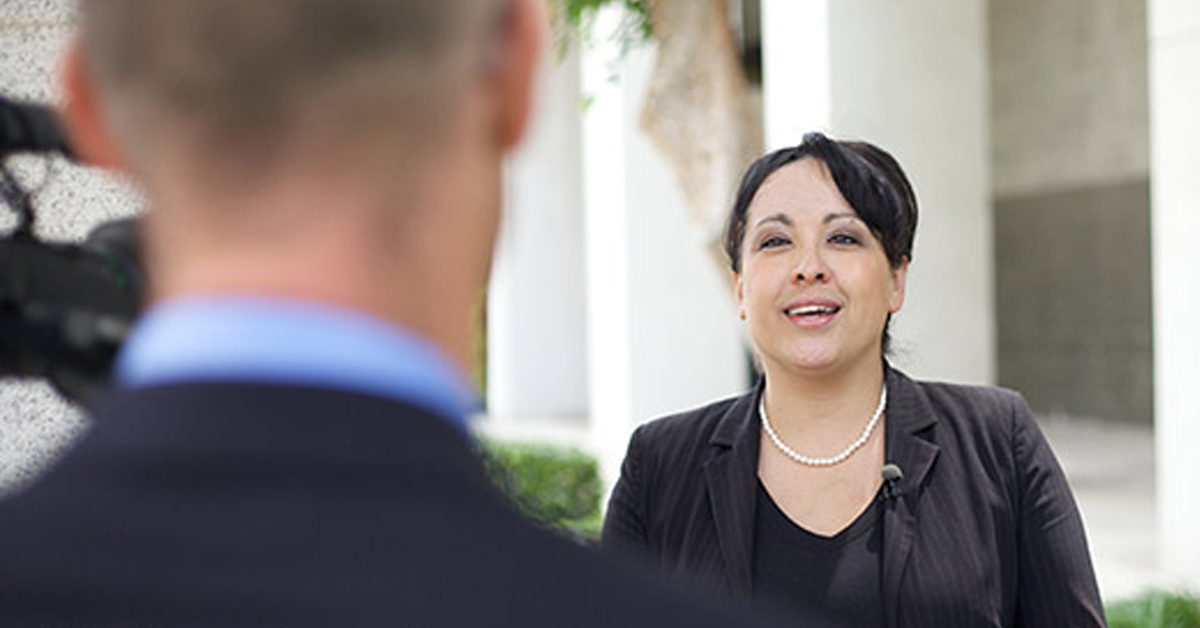The Fresno State Athletic Corp. board on Sept. 23 approved a contract with engineering firm AECOM to provide schematic drawings for the Bulldog Stadium renovation project.
Cost: Approximately $670,000. The contract won’t go live until the money, slated to come from a donor, is deposited in a Bulldog Foundation account.
Near as I can tell, this is the board’s first substantive step in a project expected to cost $60 million. As they say at City Hall, $670K is real money. Either the 36-year-old stadium eventually gets a total makeover or the university’s Henry Madden Library gets another dust-catching tome to store in the basement.
“We’re trying to get to the point where your program’s facilities sustain the program,” Clint Moffitt told the board’s budget committee on Sept. 12. (Moffitt at the time was board chairman and the university’s interim chief financial officer; he retired at the end of September.)
These are interesting times for Fresno State athletics, and the Bulldogs’ current (and temporary, in my opinion) struggles on the football field are only part of the story.
To back up a bit, Athletic Director Jim Bartko in mid-June launched the fundraising campaign to pay for everything. The starting point was a meeting of some 50 potential donors hosted by Bartko.
It was there, according to a university news release, that Bartko was given “a lead gift of $1.5 million from a former student-athlete who wished to remain anonymous.”
Said Bartko the following day in a written statement: “The room had a remarkable energy and I know as we take this presentation up and down the Valley, we will have continued success like we did last night.”
The university news release written by Jason Clay (assistant athletic director/external communications) described the project and its goals:
“The proposed Bulldog Stadium Expansion is a key component to the continued growth of the Fresno State Athletics Department. This proposed $60 million state-of-the-art facility will transform the identity of Bulldog Stadium, improve spectator access to seating, and improve fan amenities throughout the stadium. The revised Bulldog Stadium will reflect the Fresno State brand while creating continued revenue streams for Fresno State Athletics.
“The proposed improvements to the stadium will involve three fundamental areas. These include modifications to the stadium seating bowl and enhanced accessibility, creation of a new multi-level structure West premium seating and press tower, and new fan amenity concourses located in each of the four corners of the stadium. A future team building is planned for the south end zone complimenting existing team amenities with new game day lockers, meeting facilities, and coach’s offices.”
University officials expect the modernization to take about four years. Renovation of restrooms and concession facilities begins in January 2018. Seating renovations and a new press tower get underway in January 2019. The south end zone’s reconstruction should start in January 2020.
It all depends on hitting an earlier timeline target: $40 million in the bank by October 2017, a mere one year from now. The university is counting on half — $20 million – coming from donors and the other half from a stadium naming rights deal.
Mark Shuster of Los Angeles-based Shuster Financial Group LLC spoke to the group in mid-June.
“A project this large can be daunting, but what I wanted to convey last night with our donors is that there are many creative options for people to feel comfortable in making a philanthropic gift,” Shuster, a Fresno State graduate, said in the news release.
The incomparable Chris Pacheco (oh, to again have Bulldogs defensive linemen like him!) was in the audience.
“Being there to hear all the different ways the Red Wave can support this project and to watch a donor step up and present the lead gift towards this project was the culmination of a great evening,” said Pacheco, who played for Jim Sweeney in the 1980s.
Now to turn words into deeds.
The AECOM contract was reviewed by the Athletic Corp. budget committee (Sept. 12) and the entire board (Sept. 13) before getting the board’s official endorsement during the special meeting Sept. 23 via conference call.
Moffitt and other board members in the course of this journey said AECOM will deliver plans for the redesigned stadium in phases. The schematic drawings are phase one. Fresno State won’t give the green light for phase two until money for that specific phase is in hand.
In other words, Fresno State won’t go into debt just to get a bunch of blueprints.
Total cost for design: Approximately $5 million.
Budget committee Chairwoman Vinci Ricchiuti wanted reassurance that projected donations will actually materialize as one design phase ends and the next design phase looms.
“Will these numbers hold?” Ricchiuti said.
“These numbers will hold,” said Vice President/Administration Deborah Adishian-Astone (who replaces Moffitt as interim chair of the Athletic Corp. board).
Ricchiuti emphasized that “we’re not spending money we don’t have.”
Associate Athletic Director Emeritus Diane Milutinovich and I were the only people in the audience. Athletic Corp. board and committee meetings (on the Madden Library’s fourth floor) are open to the public.
Where to get $60 million? We know there’s $20 million to come from donors and $20 million to come from stadium naming rights.
There was a spell of four or five years during which I regularly attended Athletic Corp. board meetings. Thomas Boeh was athletic director. Paul Oliaro, then vice president of student affairs, was chairman.
Make no mistake – Boeh, Oliaro and the other board members were always keen on the idea of getting millions from donors and millions for stadium naming rights. The challenge was execution.
I always viewed Athletic Corp. board members and university athletic department officials back then as both talented and energetic. Granted, these were the years of the Great Recession. But I’m guessing even now it’s far from easy to get wealthy people to part with their money. It’s not that the wealthy are bad citizens. It’s that so many other worthy causes are constantly knocking on the door.
For an example, recall the Fresno Metropolitan Museum.
Then there’s the final $20 million to boost the stadium modernization project to its $60 million goal. What’s the source for that last $20 million?
I don’t know. But there’s no harm in guessing.
Let’s take a brief look at the Fresno State athletic department’s revenue for the six fiscal years from 2010 through 2015. These financial statements are posted on the Athletic Corp.’s website. The 2016 financial statement (July 1, 2015 to June 30, 2016) has yet to be posted. The 2016-2017 budget also awaits public release.
What we find is that Fresno State’s athletic funding grew dramatically from 2010 to 2015.
Operating revenues in 2010 were $23.9 million. Operating revenues in 2015 were $37.9 million. Revenues grew 58.3% in five years – in the teeth of the Great Recession.
Operating expenditures grew apace. Expenditures were $24.1 million in 2010 ($222,878 in the hole). Expenditures were $36.4 million in 2015 ($1.5 million net).
I suspect Fresno and the Valley will be hearing a lot in the coming year or two about the athletic department’s finances. I don’t know the specific content of that message. But I think we can get a good idea of where we’re headed by comparing the 2010 and 2015 financial statements.
By way of context, the Bulldogs in fiscal year 2009-2010 were members of the Western Athletic Conference. Pat Hill was the football coach. His team went 8-5 in 2009. The five losses included two in double overtime, to Wisconsin on the road and to Wyoming in the New Mexico Bowl.
The Bulldogs in fiscal year 2014-2015 were (as they are now) in the Mountain West Conference. Tim DeRuyter was (as he is now) the football coach. His team went 6-8. The Bulldogs tied San Diego State for the West Division title and lost to Rice in the Hawaii Bowl.
Among the key contrasts:
- Fresno State’s revenue from student fees was $1,572,551 in 2010 vs. $4,328,466 in 2015.
- Fresno State’s revenue from NCAA/Conference payouts was $2,375,168 in 2010 vs. $6,477,007 in 2015.
- Fresno State’s revenue from the university itself (called “University Support” in the financial statements) was $3,514,882 in 2010 vs. $9,021,839 in 2015.
- Revenue from student fees, NCAA/Conference payouts and university support (total: $7,462,601) was 31.2% of operating revenue in 2010 vs. 52.4% in 2015 (total: $19,827,312).
- Fresno State’s operating revenues from 2010 to 2015 grew $13,947,167. Of that growth, 88.7% ($12,364,711) came from increases in student fees, NCAA/Conference payouts and university support.
- Fresno State’s operating revenues from student fees, NCAA/Conference payouts and university support grew more two-and-a-half times from 2010 to 2015. Fresno State’s operating revenues from all other sources grew at an annual rate of 2% over those five years.
- Fresno State’s game revenue was $7,682,872 in 2010 vs. $6,964,393 in 2015.
- Game revenue was 32.1% of operating revenue in 2010 vs. 18.4% in 2015.
- Gate receipts from football were $4,360,619 in FY 2010 (2009 season) vs. $4,359,801 in FY 2015 (2014 season) – essentially flat. (Men’s basketball gate receipts showed the most dramatic decline: $1,531,151 in 2010 vs. $613,384 in 2015).
What might be the takeaways from these contrasts?
Obviously, the way Fresno State funds its athletic programs has changed dramatically. The Red Wave still supports the Bulldogs at the gate. But growing that piece of the revenue pie is hard, especially in an era of parity at the mid-level where Fresno State competes. More reliable sources of rising income are student fees and university support. NCAA/Conference payouts can be lucrative, but as an income stream they’re more volatile.
The turning point in student fees came about ten years ago when then-Fresno State President John Welty raised the Instructionally Related Activities (IRA) fee. Until then, none of the IRA fee was automatically earmarked for athletics. Welty’s decision allocated $39 per student per semester to athletics. That amount was later bumped to $99 per student per semester.
Keep in mind that Fresno State was recently ranked by Washington Monthly as among the nation’s top 30 universities. U.S. News and World Report recently ranked Fresno State No. 1 among the nation’s public universities when it comes to reaching its graduation rate goals. Big things are happening at Fresno State under university President Dr. Joseph Castro. Potential students see that a Fresno State degree is growing in value.
I mention this as I circle back to where I began: The Athletic Corp. board’s decision to spend the first $670,000 on the way to a $60 million renovation of Bulldog Stadium and the challenges this ambitious project presents to university officials, Fresno and the Valley.
Fresno State must do something to attract more ticket-buying football fans. A modern Bulldog Stadium is pivotal in that regard. After all, the days when Bulldogs athletics were essentially the only live entertainment in the area are long gone. Also, a potential buyer of stadium naming rights probably won’t bite if the venue is unfashionable.
But more football gate receipts are only part of the answer. One-time donors are only part of the answer. So, too, with a well-heeled stadium sponsor. What Fresno State athletics really needs is a revenue stream guaranteed to boost the bottom line immediately and for years to come. If bonding is in the future of the stadium renovation project, then this secure source of additional money would be vital.
Might that revenue source involve Fresno State’s 25,000 or so students, especially now that both major party presidential candidates want the federal government to provide even more financial help to aspiring college students?
We’ll see.
My advice: Keep an eye on The Collegian, the university’s student-run newspaper/news website. The talented sports staff is chasing this complex story as we speak.










Fresno State needs to stay focused with the product on the field. Without a legitimate program that wins the games it should, the stadium seats will collect dust, renovated or not. The stadium renovation at this point makes about as much sense as the High Speed Rail.
Hi George – it is good to see you back in print. I sent an email to you just before your retirement from the Bee. Did you get it? Paul Oliaro